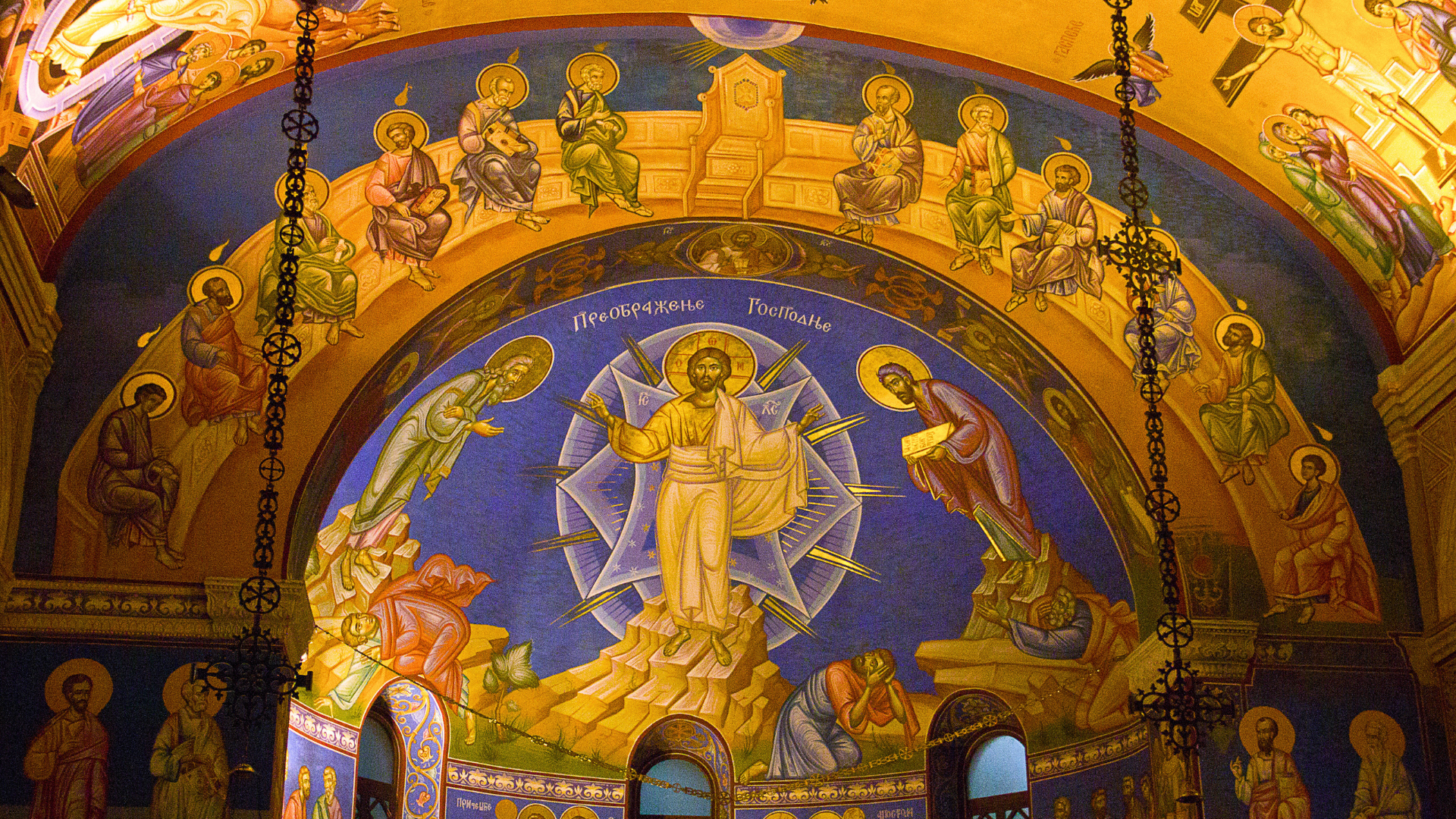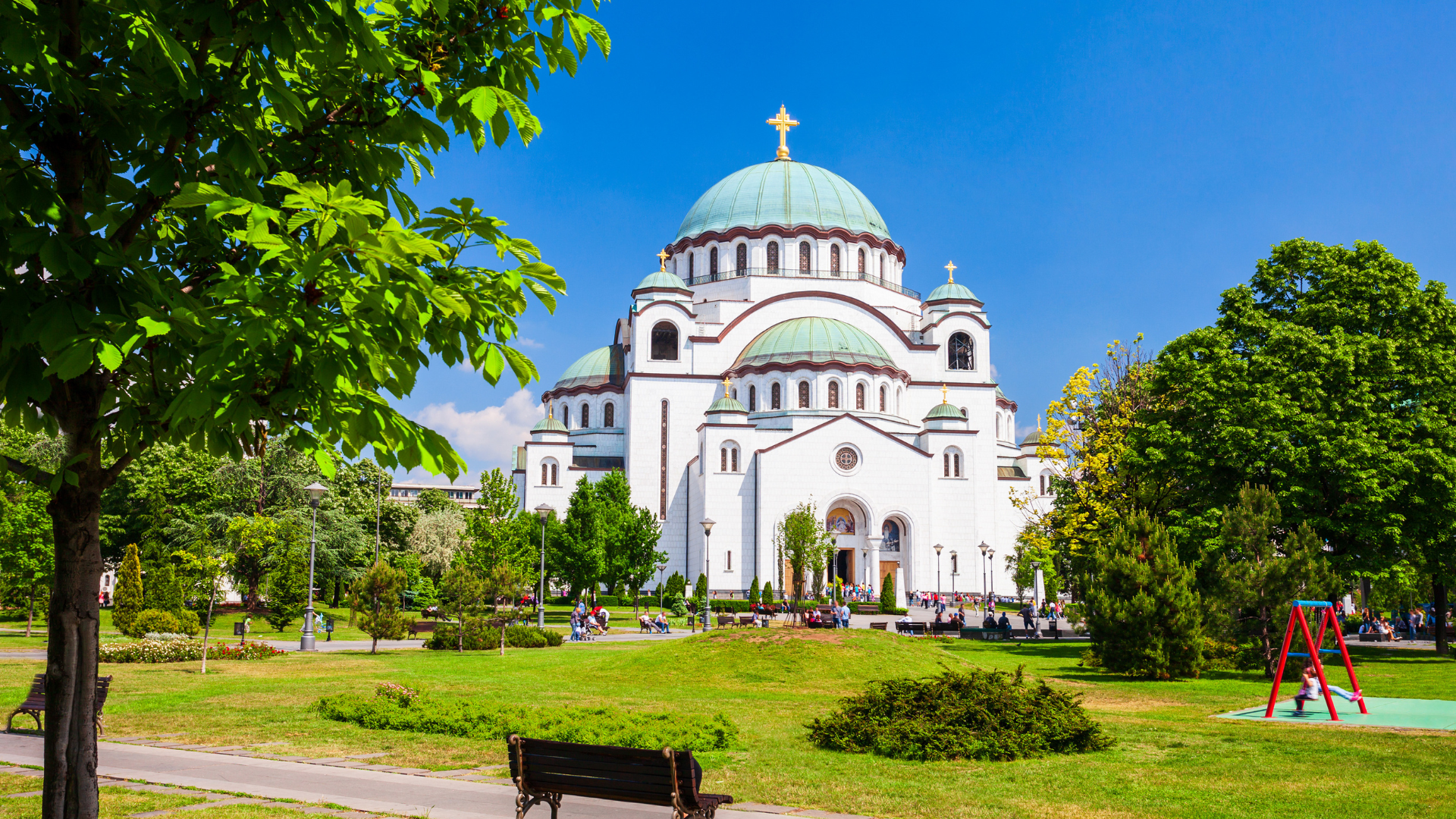Serbia’s Sacred Landmarks: Monasteries and Churches stand as testaments to the country’s deep-rooted history, religious devotion, and architectural brilliance. Home to some of the most stunning sacred sites in the Balkans, Serbia offers a journey through centuries of faith and artistry. Whether you are a history enthusiast, an admirer of art, or simply a traveler seeking serenity, exploring Serbian monasteries is a journey worth taking.
Studenica Monastery: A Symbol of Serbian Orthodoxy
One of the most significant monasteries in Serbia, Studenica, was founded in 1190 by Stefan Nemanja. This UNESCO-protected site is renowned for its magnificent frescoes and harmonious blend of Romanesque and Byzantine architectural styles. Moreover, it houses the relics of Stefan Nemanja and his sons, making it a revered spiritual center.
The monastery complex consists of multiple churches, including the Church of the Virgin and the King’s Church, both adorned with exquisite medieval frescoes. As a result, Studenica remains a key destination for those interested in Serbia’s medieval heritage.
Sopoćani Monastery: A Masterpiece of Medieval Frescoes
Another UNESCO-listed site, Sopoćani Monastery, was built in the 13th century by King Uroš I. Located near Novi Pazar, it is known for its breathtaking frescoes, which depict biblical scenes in remarkable detail. The monastery also holds the relics of King Uroš and Saints Kozma and Damian.
Despite the hardships endured during the Ottoman rule, Sopoćani preserved its monastic life. Today, it is a peaceful retreat for monks and visitors alike.
Đurđevi Stupovi: The Church of St. George
Constructed in 1171 by Stefan Nemanja, Đurđevi Stupovi is one of the oldest Serbian monasteries. The Serbian ruler built it as a token of gratitude to Saint George for his deliverance from captivity. Over the centuries, the monastery suffered destruction, particularly during Ottoman rule and the World Wars. However, ongoing restoration efforts aim to preserve its historical and spiritual significance.

The Grand Temple of Saint Sava: The Largest Orthodox Church in the Balkans
Located in the heart of Belgrade, the Temple of Saint Sava dominates the city skyline. It is one of the largest Orthodox churches in the world and a monumental symbol of Serbian faith and culture.
Inspired by the medieval architecture of Serbian monasteries, its design incorporates grand domes, intricate mosaics, and stunning iconography. Furthermore, its interior continues to be adorned with remarkable frescoes and gold-plated details, making it an awe-inspiring landmark.
Gracanica Monastery: A Jewel of Kosovo and Metohija
Built in 1321 by King Milutin, Gracanica Monastery is a masterpiece of Serbian medieval architecture. Notably, it is adorned with frescoes that depict the royal lineage of the Nemanjic dynasty.
This monastery has served as a spiritual and cultural center for centuries. Although its location in Kosovo has made it a site of historical struggles, Gracanica remains a beacon of faith for Orthodox Serbs.
Visoki Dečani: A Treasure of the 14th Century
Nestled in the valley of Dečanska Bistrica, Visoki Dečani Monastery was commissioned by King Stefan Dečanski in the 14th century. Its breathtaking frescoes, depicting over a thousand biblical figures, stand as one of the best-preserved examples of Byzantine art. Consequently, UNESCO has recognized it as a site of exceptional cultural value.
Despite enduring numerous attacks over the centuries, the monastery remains a living testament to Serbian heritage and resilience.
Žiča Monastery: The Church of Seven Kings
Situated near Kraljevo, Žiča Monastery holds immense historical importance. It was here that seven Serbian kings were crowned, earning it the title “The Church of Seven Kings.” Founded by Stefan Prvovenčani in the early 13th century, it played a central role in the Serbian medieval state.
The monastery has been repeatedly destroyed and rebuilt, yet it still stands as a vital symbol of Serbian heritage.
Mileševa Monastery: Home to the White Angel
Mileševa Monastery, located near Prijepolje, is famous for its fresco of the White Angel, an iconic image in Serbian culture. Built in the 13th century by King Vladislav, this monastery has been a center of spiritual and artistic significance.
Due to its rich history and artistic value, Mileševa remains a must-visit for those exploring Serbian religious sites.
A Journey Through Time and Spirituality
Exploring Serbia’s Sacred Landmarks: Monasteries and Churches offers an unforgettable journey through the country’s spiritual and architectural heritage. Whether you visit Studenica’s serene landscape, Đurđevi Stupovi’s enduring fortress, or the grand Temple of Saint Sava, each site tells a unique story.
If you plan to visit the magnificent Temple of Saint Sava, consider staying at Best Western Premier Natalija Residence, where comfort and hospitality enhance your journey through Belgrade’s spiritual and cultural landmarks.

